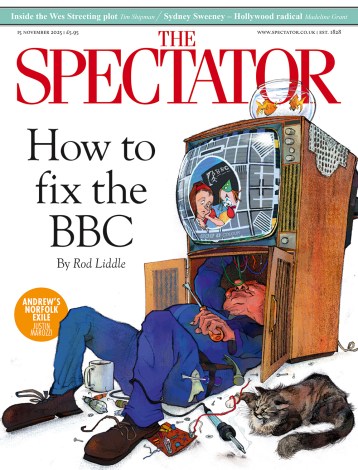A new twist on an old favourite. Question: How many ministers/blondes/psychiatrists (feel free to fill in the social stereotype of your choice) does it take to change an old-fashioned 100-watt light bulb? Answer: None.
From 1 September the joke will have become redundant due to the fact there won’t be any traditional light bulbs left to change.
The European Union has banned the sale of incandescent bulbs in order to slash energy bills and cut carbon dioxide emissions. This is an act which will force us all to become eco-warriors or, if we don’t comply, law-breakers. Under the European Directive, from next week manufacturers in Europe are legally not allowed to sell the banned bulbs to retailers. Eight months ago, when leading shops implemented a voluntary ban, it triggered an unexpected frenzy of manic hoarding. So unless house owners have successfully stockpiled the old Osrams, they now have no alternative but to switch to a greener, fluorescent variety of bulb.
I have to confess I’m not a happy camper about being forced to enter the Twilight Zone. I will not go gentle into that good night, I shall rage, rage against the dying of the light, and I can’t believe I’m alone in taking a dim view of this new edict.
Not only are these fluorescent and low-energy halogen bulbs aesthetically hideous; they also seem to operate with a constant flicker. They fail to do what they say they’ll do on the box — namely, allow one to see. This observation is not just a figment of my imagination. When my husband dutifully jumped the gun three months ago and replaced the old bulbs in our sitting-room with the new, low-energy CFLs (compact fluorescent lights) I started to display worrying symptoms of Seasonally Affective Disorder (SAD). I too had low energy, for the light in my life had literally faded. For the first two days I thought we’d been invaded by an electrical poltergeist, or else Specsavers had issued me with a faulty prescription. It reminded me of a descriptive passage written by Homero Aridjis. ‘It was the gloaming, when a man cannot make out if the nebulous figure he glimpses in the shadows is angel or demon.’
My house was irrefutably gloomier. Cheerless. Even some avid tree-huggers will acknowledge that CFLs emanate a ‘different spectrum of light’ compared to incandescent bulbs. I also dispute the promise that they last up to 15 times longer than incandescent bulbs (ours certainly haven’t) due to the under-publicised fact that their intensity ‘can diminish by up to 70 per cent as they reach the later stages of their lifespan’.
I don’t look forward to squinting through the later stages of my own lifespan either. I’m all for saving the planet; but in order to do so effectively I need to preserve my sanity. I also need to be able to see the way forward. I need to lighten up.
I guess the EU has unwittingly awarded us one small consolation prize. The last person to leave the building won’t have to switch out the lights anymore. Big Brother will do it for them.




Comments